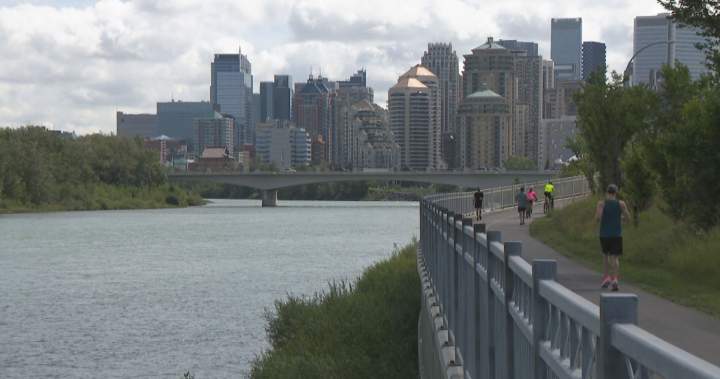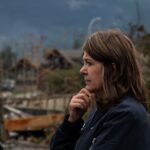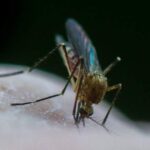The long shadow of Calgary’s industrial past continues to linger beneath the city’s west end, where decades-old creosote contamination remains largely untouched despite years of concern from residents and environmental advocates.
While federal officials announced plans to remediate the contaminated site back in 2018, allocating $24.7 million toward cleanup efforts, the City of Calgary recently confirmed it has no immediate plans to address the toxic legacy that dates back to the operations of Canada Creosoting Company between 1924 and 1962.
“We understand community concerns, but remediation requires careful planning and coordination between multiple levels of government,” said Sarah Thompson, environmental policy coordinator with the City of Calgary. “The federal funding announced in 2018 was an important first step, but implementation remains complex.”
The contamination stems from wood preservation activities at the former industrial site near the Bow River, where creosote – a mixture of hundreds of chemicals used to protect railway ties and utility poles – seeped into the soil and groundwater. Health Canada classifies creosote as a probable human carcinogen, and exposure can cause skin irritation and respiratory issues.
For west end resident Michael Corcoran, who has lived three blocks from the affected area for nearly two decades, the delays feel all too familiar. “Every few years we hear about new studies or funding announcements, but nothing changes. Meanwhile, we wonder about what’s really happening beneath our feet.”
Federal testing conducted between 2010 and 2016 confirmed the presence of creosote in soil and groundwater beneath parts of the downtown west end, including areas near residential developments and the popular Bow River Pathway system. Warning signs posted along the pathway advise people to avoid contact with seepage areas where groundwater meets the river.
Calgary City Councillor Terry Wong, whose ward includes the affected area, expressed frustration with the pace of progress. “This situation highlights the challenges of addressing historical contamination in urban settings. While there are no immediate health risks to residents according to Alberta Environment, the community deserves a clear timeline for remediation.”
The complexity of the cleanup effort stems partly from jurisdictional questions. The contamination crosses municipal land, provincial waterways, and affects federally protected fish habitat. Additionally, the original polluter no longer exists as a corporate entity, leaving taxpayers to foot the bill.
According to documents obtained through freedom of information requests by the Calgary River Communities Action Group, preliminary remediation work was scheduled to begin in 2020 but was delayed first by the COVID-19 pandemic and later by budget reprioritization.
“What makes this particularly concerning is the proximity to the Bow River,” notes Dr. Ellen Fraser, an environmental toxicologist at Mount Royal University who has studied urban contamination issues. “Spring flooding and changing water tables can potentially mobilize contaminants that have remained relatively stable for decades.”
The City of Calgary maintains that ongoing monitoring shows containment measures have been effective at preventing significant migration of the contamination. Underground barriers and collection systems installed in the 1990s capture much of the creosote before it reaches the river, though some seepage continues.
Alberta Environment spokesperson James Miller confirmed that provincial officials conduct quarterly water quality testing in the area. “Current data indicates the contamination remains largely contained within known boundaries, and drinking water sources are not affected,” Miller said in an emailed statement.
For local businesses operating near the contaminated zone, the situation creates uncertainty about future development. Cheryl Williams, who opened a yoga studio in the west end three years ago, worries about the area’s reputation. “When clients see those warning signs along the pathway, they ask questions I can’t answer. It’s frustrating not knowing when or if this will ever be addressed.”
The federal funding allocated in 2018 remains available, according to Environment and Climate Change Canada, though the department declined to provide specifics on when remediation might begin. A spokesperson indicated that technical assessments are ongoing to determine the most effective approach.
Community advocates have organized a town hall meeting for next month, hoping to pressure officials for a more concrete timeline. “We understand this is complicated,” said Laura Schmidt of the Calgary River Communities Action Group. “But after more than half a century, residents deserve more than vague reassurances.”
As downtown Calgary continues its post-pandemic recovery and efforts to attract more residents to the core, the unresolved contamination represents both an environmental challenge and a test of government priorities. Whether the creosote remediation will finally advance beyond planning stages remains to be seen, but for west end residents, the wait continues.






